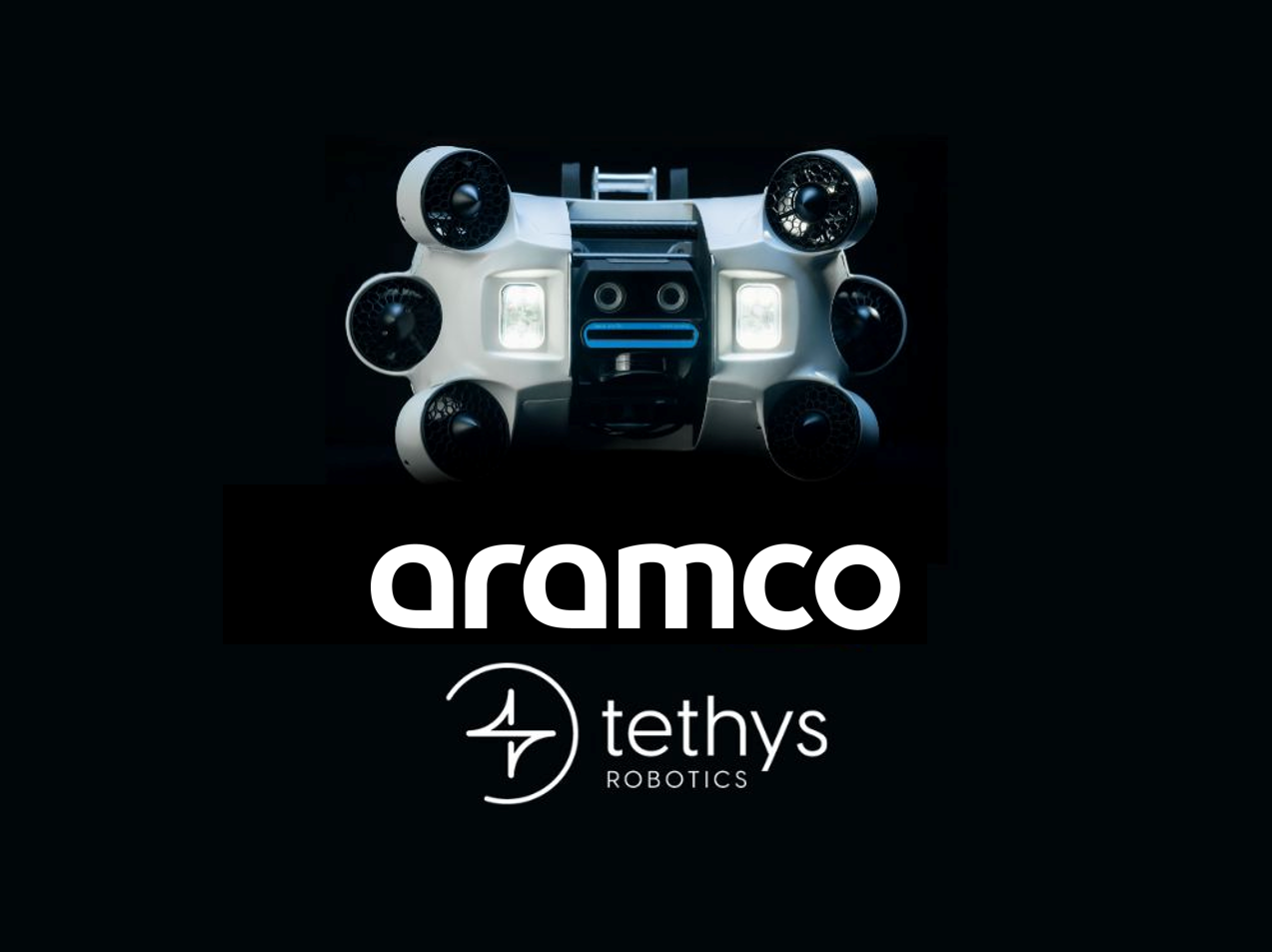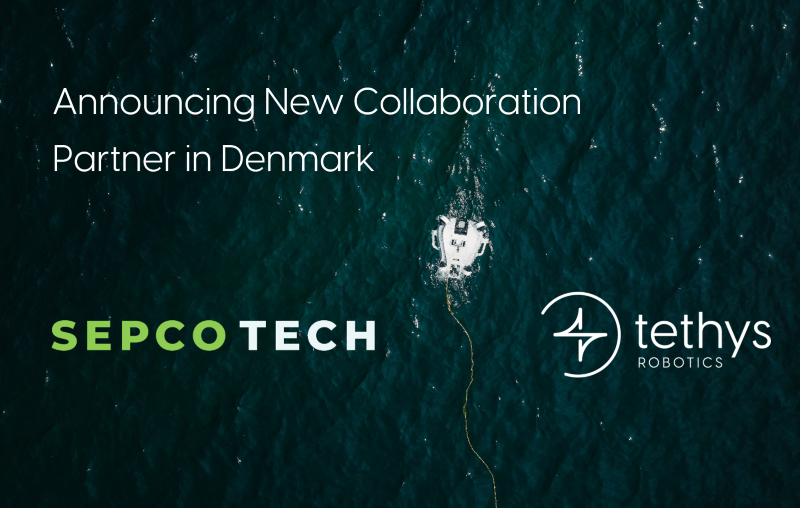Somehow, it sounds almost a bit indecent: It bubbles, it whirs, it sputters, then Proteus starts moving. Slowly, the 42-kilo robot glides under the surface of the water and sinks in a controlled manner toward the bottom of Lake Zurich. Jonas Wüst and his six fellow students have been working on the underwater drone for four years. Fellow student Florian Kümin steers Proteus from land using a joystick familiar from computer games.
Via data cable, the robot transmits to the control console what its cameras and sonars detect. But Proteus can also navigate autonomously, for example to map the area underwater, avoiding obstacles such as jetty piers or buoy cables.
One day, Wüst dreams, this approach will be standard and replace the frogman. "We want to make diving safer by minimizing the time people spend diving," says the mechanical engineer. His plan: to found a startup to commercialize the technology developed by his team at the Swiss Federal Institute of Technology (ETH) in Zurich.

Over 30 new ETH spin-offs per year
Many others have already made a similar plan come true. 545 startups have been founded by ETH students and alumni over the past 50 years, 402 of them in the last 15 years - no other university in Europe records more. Last year there were 26, this year there will be more than 30 new startups.
Read the full article online from the Bilanz Economics Magazin: Halls of Fame: Die ETH bringt eine rekordhohe Zahl von Start-ups hervor – aber nur wenige Unicorns | BILANZ (handelszeitung.ch)
"Many others have already made a similar plan come true. 545 startups have been founded by ETH students and alumni over the past 50 years, 402 of them in the last 15 years - no other university in Europe records more. "
Over a period of two years, the robot was completely overhauled, then deployed and evaluated in practical scenarios, together with the divers and other users. The result of these tests is the robot «Proteus», which is equipped with a depth sensor, underwater GPS, sonar, LEDs for lighting and a gripper, in addition to cameras. The structure and shell have also been fundamentally overhauled and now enable working at a depth of up to 600 metres so that the beds of all Swiss bodies of water can be reached. The power supply is now battery-supported, enabling operations of up to four hours. Nevertheless, the robot is still cable-bound, in order to send larger quantities of data underwater promptly and reliably to the control station at the surface, where this data is further processed and from where the robot can be controlled.


